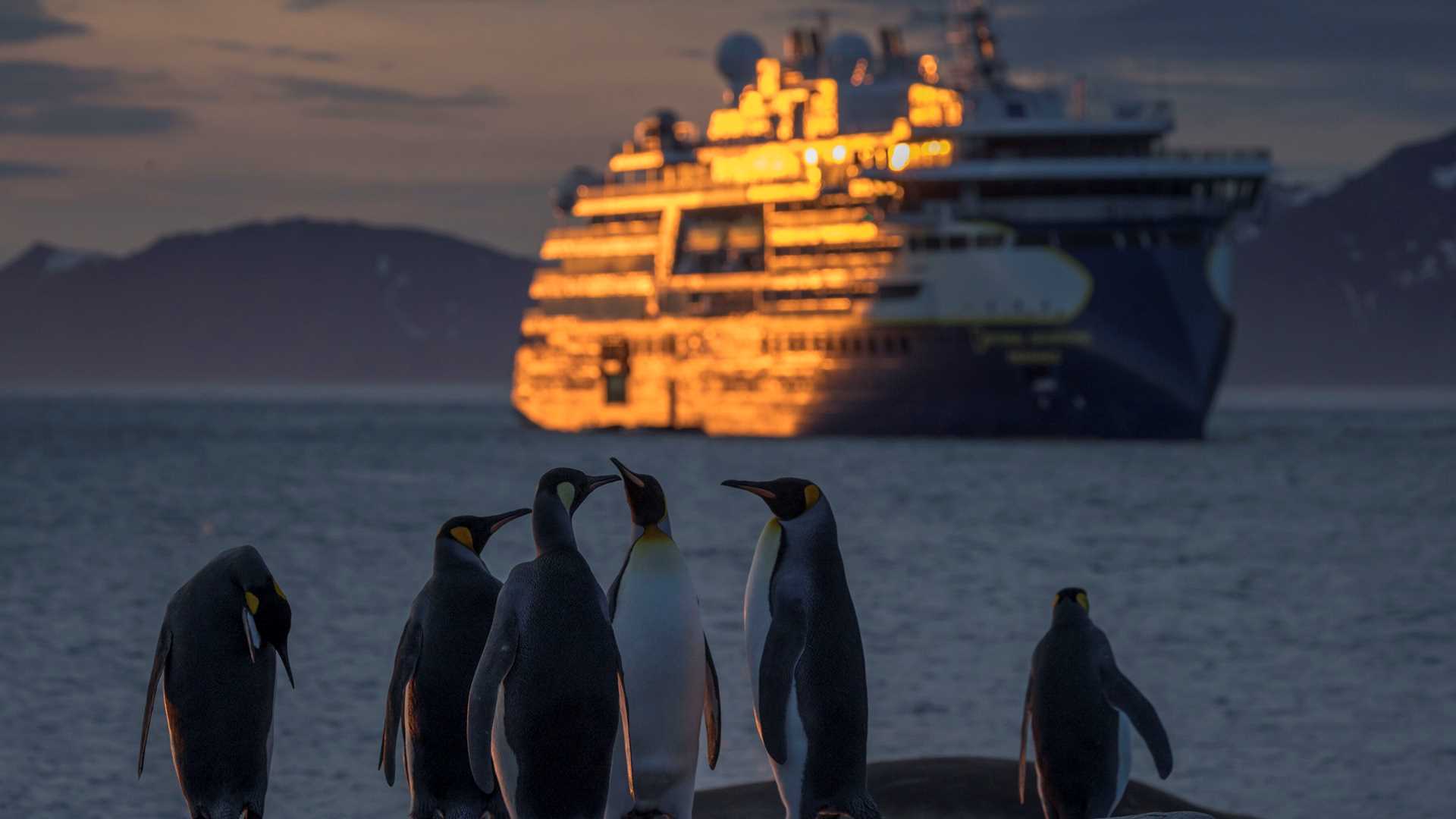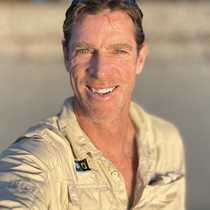I’ve been to South Georgia twice before, but I never made a pre-dawn landing at a king penguin colony. I was delighted when we made a 4:30 AM landing on the beach at Gold Harbour this morning. It was quite an experience to watch as day broke while noticing the sounds and smells of elephant seals and penguins. We returned to the ship for breakfast before making a second landing that included a long hike. We climbed through tussock grass and made our way above the colony and onto the ridgeline. We enjoyed spectacular views of the ship in the bay. Take a look at our photos to see images that tell the story of this spectacular location.
Call +1.800.397.3348 or contact your travel advisor







